
In my mind, it’s simple – if you enjoy cooking, you should have a culinary herb garden.
The plants beautify your home, the flavor and scent of fresh herbs are marvelous, and growing your own herbs is cost-effective.
Where to plant?
You don’t need a large, sweeping plot to plant the top ten most used culinary herbs. In fact, most of these herbs do just as well in containers.
Apartment dwellers take heart; you too can have a culinary herb garden. I grow many of these year-round in pots right in my kitchen, so they are close to hand when I am busy cooking.
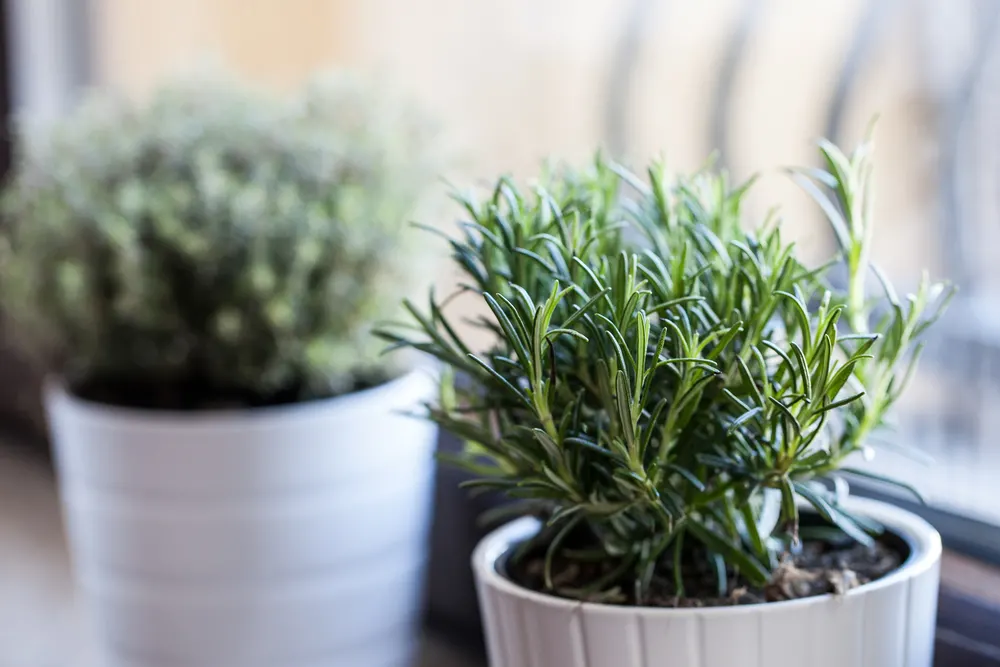
If you are planting your herbs outside, I recommend keeping them close to the house. You can opt to go the traditional route of a small garden specifically for herbs. Consider planting it near the door closest to your kitchen. Try planting herbs among your flowerbeds for a more visually appealing garden. Most of these plants look beautiful growing next to brightly colored flowers.
If you have a patio with railings, consider adding window boxes and plant your herb garden in those. I did this for many years, and not only did I have fresh herbs for cooking, but the plants also dressed up our back patio. Grow a few herbs in containers, and you’ve got a lush green place to sit and enjoy during those warm months.
Easy and cost-effective
One of the best reasons to grow fresh herbs is to have them at hand right when you need them. Snip off what you need, and the plant will keep on growing. It doesn’t get fresher than that.
Growing your own herbs is much cheaper than buying fresh or even dried herbs from the grocery store. Drying your herbs is incredibly easy, and Meredith has provided us with a couple of easy ways to dry herbs for storage at home.
Dried vs. Fresh herbs
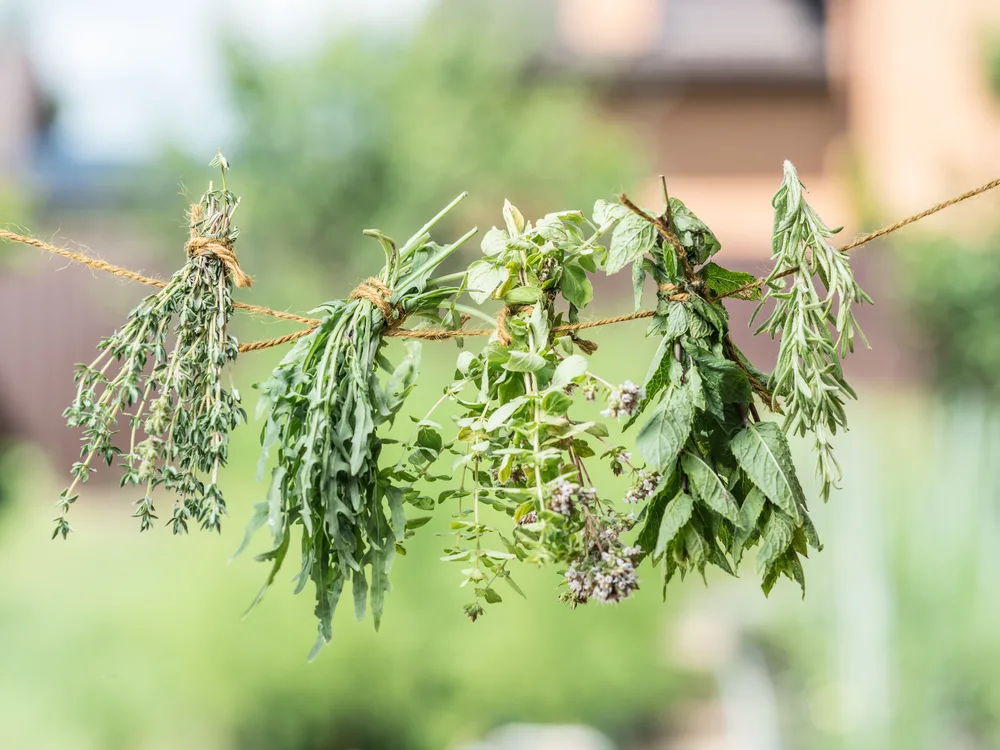
Remember that dried herbs usually have a more robust flavor than fresh herbs. It’s easy enough to swap one for the other, just remember that you need about 2-3 times more of fresh herbs as opposed to dried herbs and vice versa. For instance, if a recipe calls for one teaspoon of dried herb, you can replace it with three teaspoons (1 tablespoon) of the fresh herb instead.
Top 10 Cooking Herbs To Grow
1. Parsley
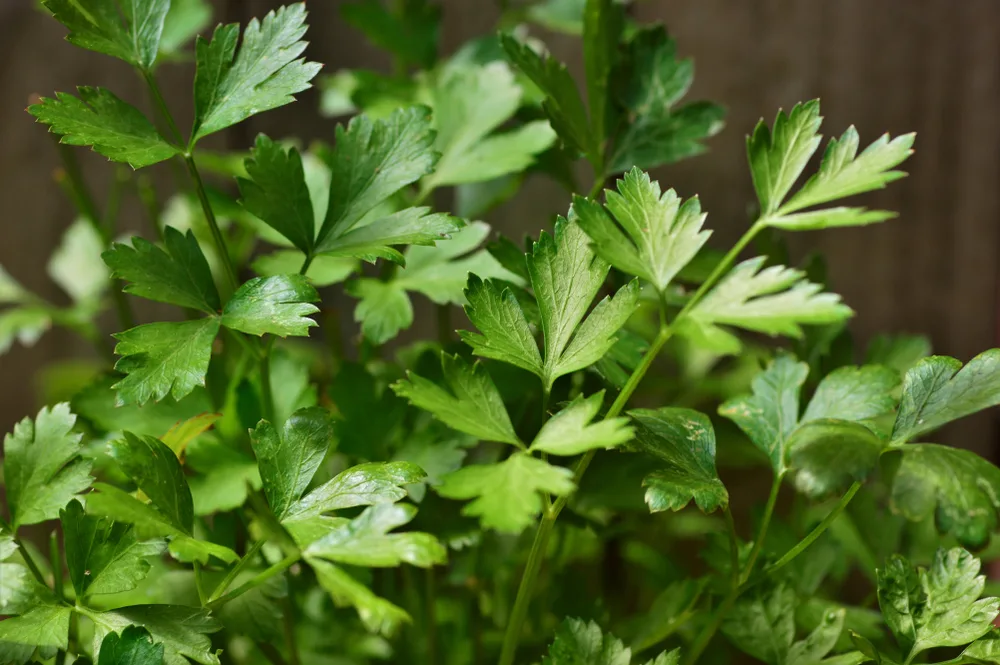
Parsley is one of the most versatile herbs used in cooking. Its flavor works well with so many different foods and styles of cuisine.
The two most common types of parsley are flat (sometimes called Italian) or curly parsley. You’ll recognize curly parsley as the popular garnish at restaurants. My personal favorite of the two is flat-leaf parsley simply because it’s easier to chop, and I think it looks nicer in dishes.
Add parsley to everything from soups to salad dressings to meat dishes. Chew a few sprigs after a big meal to freshen your breath and help with digestion.
Parsley does well in rich, well-draining soil and can be grown in both full and partial shade areas, making it a versatile little plant. Grow from seed about ten weeks before you plant it outside, or find this plant at your local nursery.
2. Basil
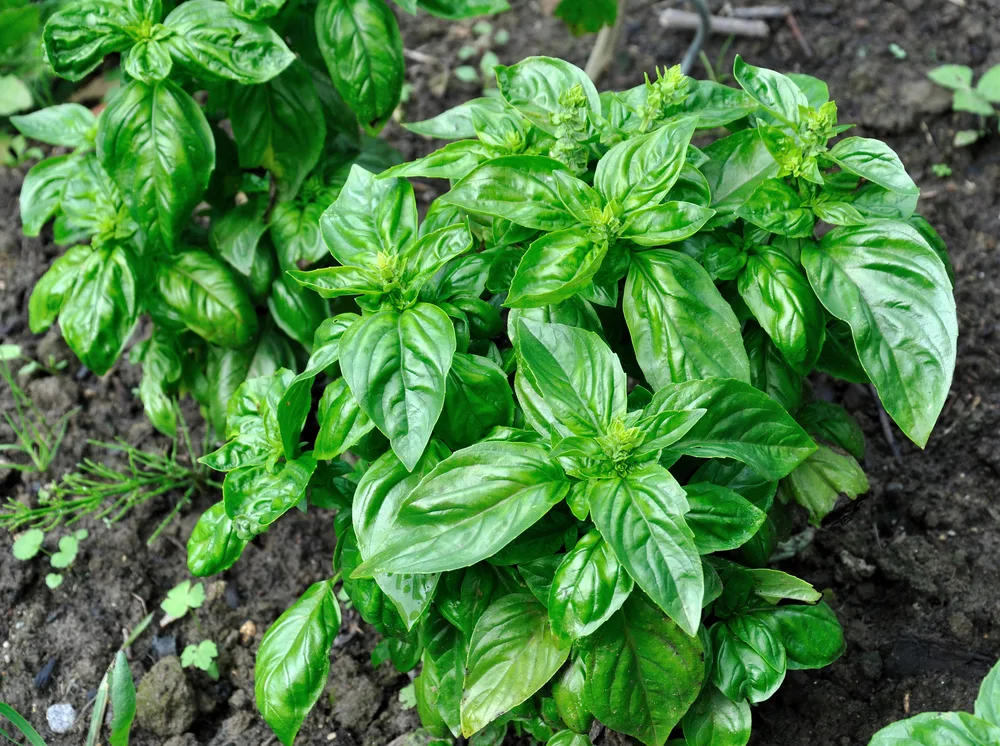
Basil just might be my favorite fresh herb. Nothing beats the smell or taste of fresh basil. Tear the leaves and toss it with fresh mozzarella and garden-grown tomatoes and balsamic vinegar. Oh my goodness, it doesn’t get any better.
Basil naturally lends itself well to Italian cooking. Thai basil is easy to find and grow now too, and it offers an entirely different flavor profile than your traditional broad-leaf basils. If you enjoy cooking, try growing both varieties if you have space. Or experiment with more exotic basil varieties.
If you want beautiful big, bushy basil plants that are covered in leaves, check out our post on how to prune basil. And once you get an excellent bumper crop, be sure to mix up a batch of fresh pesto!
Grow basil in well-draining soil and water if often. Avoid watering the leaves if you can. Basil is a sun-loving plant and needs around six hours of bright sunlight each day. This is one plant that you can easily find in your local nursery or start it from seed about eight weeks before your last frost.
3. Dill
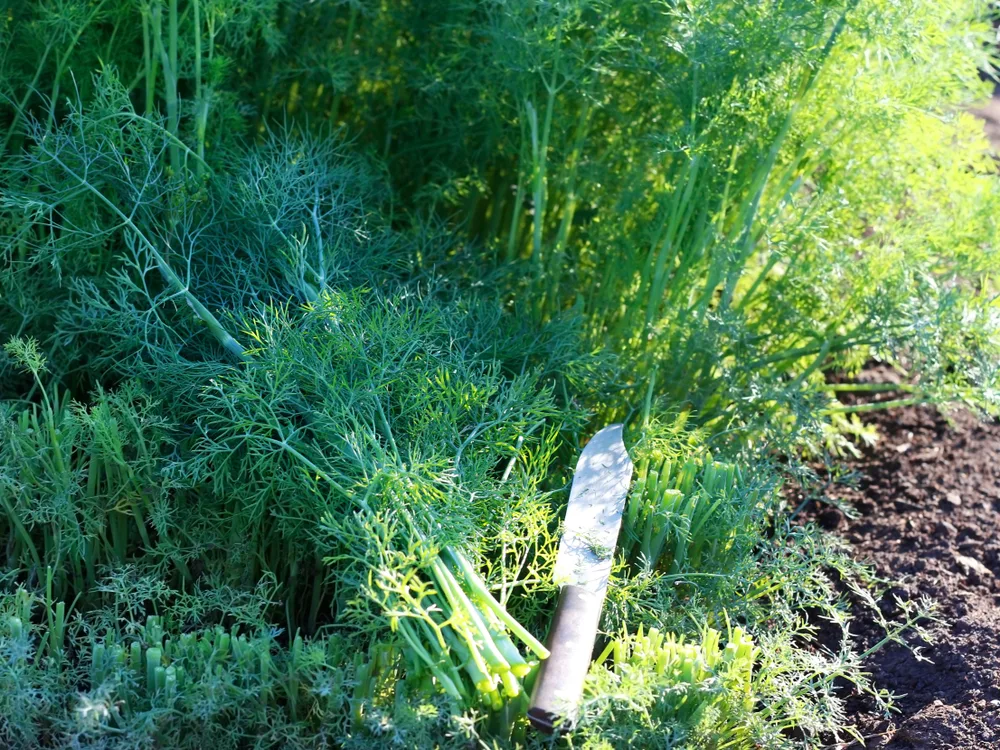
Most people think of pickles when they think of dill. And while dill is the perfect herb for pickling, it’s also fantastic in eggs, with seafood, in sauces and dressing. And it makes a classic vegetable dip. I love to grow dill and use the heads when I make pickles, putting the entire head of dill in the bottom of the jar.
While you can grow dill in a container, it doesn’t transplant well, so when it comes to your garden, sow dill directly in your soil. Depending on whether or not you’re going to use it for pickles, you may want to plant more every couple of weeks, so you don’t run out.
Dill likes well-drained, rich soil in bright sunlight. It’s also a great plant for pollinators, bees love it, which has always made me wonder what dill-honey tastes like.
4. Mint
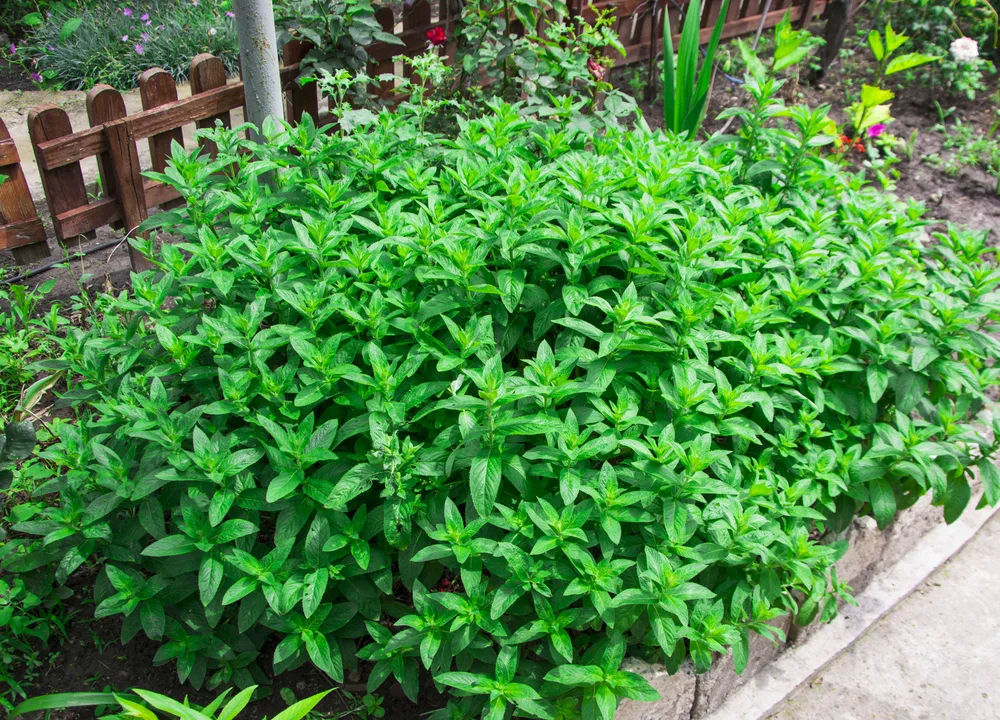
Whether you grow it for meat dishes, mint juleps, or fresh iced tea, every herb garden should have at least one variety of mint in it.
There are more varieties of mint than I can count! Peppermint, spearmint, mountain mint, apple mint, chocolate mint, pineapple mint, the list goes on and on.
Try a classic like peppermint or give one of the flavored mints a try. I love chocolate mint because it smells like a Peppermint Patty!
Mint can be a bit pesky if left to its own devices. It will send out runners and very quickly take over an area. Here’s our guide for growing mint without fear of it taking over your garden.
One mint plant will keep you in mint for the entire growing season. It does well in bright light or partial shade but prefers moist soil, so be sure to water it regularly, especially in hotter months. Because mint gets leggy and likes to creep, pinch it back often and use those leaves!
At the end of the growing season, I mow my mint down with the lawnmower, and it always pops back up again the next year.
You can easily find mint starters in a local nursery or grow it from seed. Start your mint plants about 8-10 weeks before the last frost date and plant outside when the soil is warm. Mint does best in moist, well-draining soil with full sun.
5. Thyme
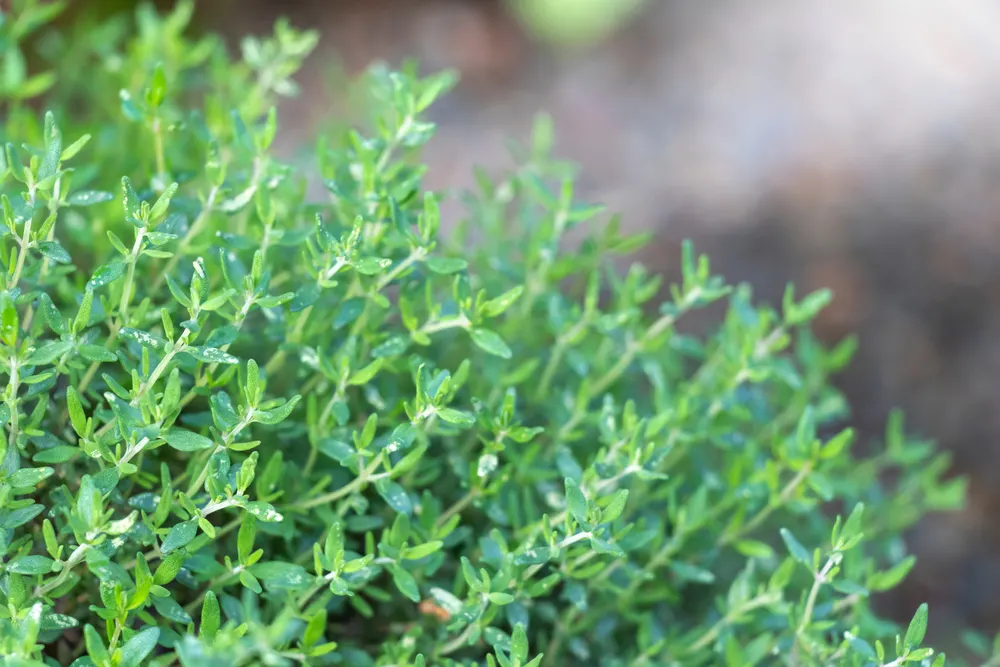
Thyme is one of my favorite smelling herbs. When the sun is high, and baking the ground, I can smell thyme before I see it.
This savory herb is wonderful with all sorts of meat – beef, pork, chicken. Its classic flavor is a welcome addition to soups and stews. And picked fresh, it makes a surprisingly good hot tea.
Thyme is often used as a ground cover due to the way it grows. Some varieties tend to wander less and make excellent options for growing in containers.
Start seeds 8-10 weeks before the frost or purchase starts. If you grow thyme from seed, be patient as it’s very slow to germinate and can sometimes take up to a month. Plant thyme in sandy soil, avoid planting in areas of ground that stay damp, and hold in water. Thyme loves good, dry heat and lots of sun.
6. Chives
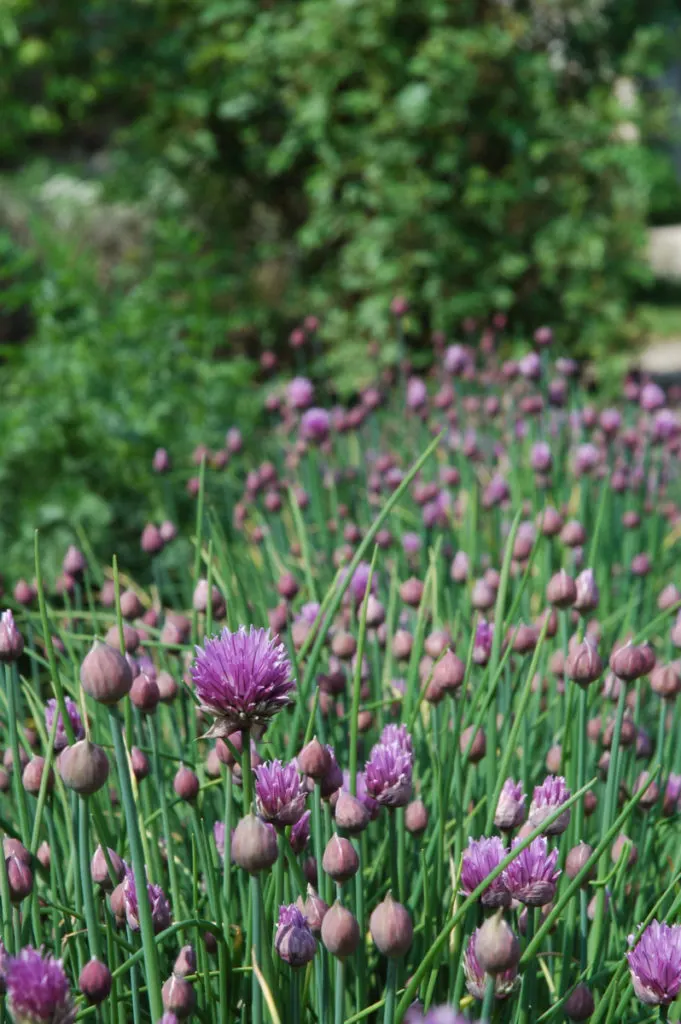
If you’re lucky, you might have chives growing wild around your home. If you don’t have them, they are easy enough to grow.
Chives are a spicy member of the onion family and provide an extra punch of flavor to potatoes, eggs, seafood, steak, and stew. They make a delicious vegetable dip too.
Even the beautiful flowers are edible! Pick the flowers shortly after they’ve opened for the best flavor. Toss them in with a salad.
To preserve chives, chop them and freeze them, as dried chives lose their flavor quickly. A great way to keep them is with ice cube trays. Add a tablespoon of fresh chopped chives to each cup and top up with broth or stock. Freeze them until they are solid, then pop them out and store your chive-cubes in an airtight container.
Chives do best in cool weather, so plant them in early spring or late summer. Direct-sow them in your garden or container. Well-established plants are easy to move, but they don’t transplant well when they are young. Chives do best in full sun with rich, moist soil. Like all bulbs, chives will need to be separated periodically.
Read Next: 10 Reasons To Grow Chives
7. Rosemary
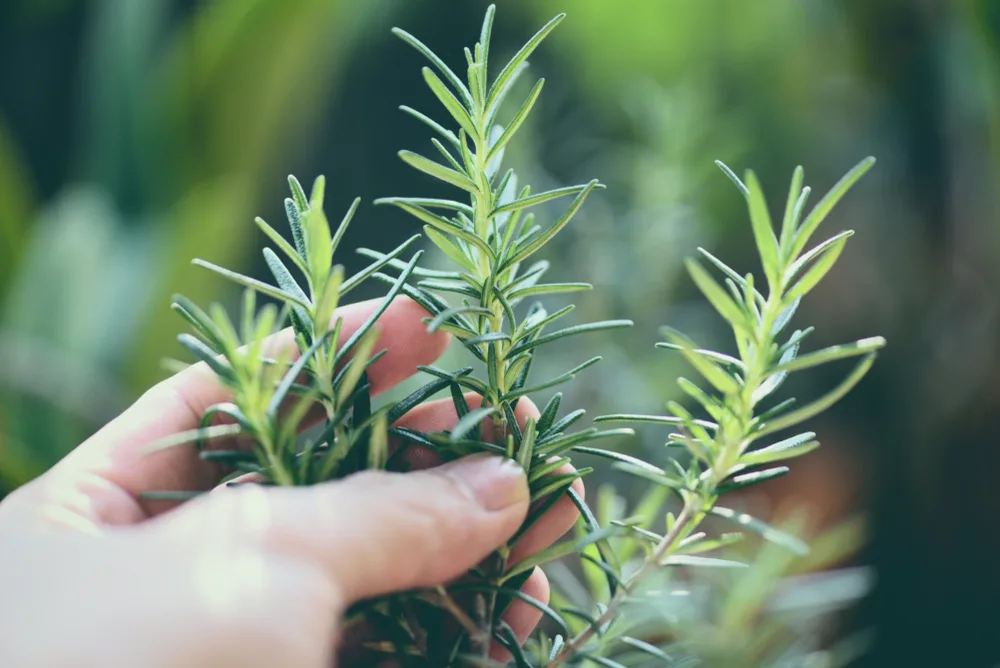
Rosemary is an evergreen; hence it’s pine-like scent. This wonderfully savory herb brings out the best in pork, chicken, and turkey. It also combines well with citrus and tart fruits like cranberries. It’s even a beautiful garnish in cocktails and makes an excellent vinegar shrub when combined with cranberries and ginger.
Rosemary grows both well indoors and out in the garden and containers. If you’re going to grow fresh herbs, this is the one you should start with.
Much like thyme, rosemary likes sandy soil and lots of sun. To start rosemary, plant your seeds indoors about 8-10 weeks before the last frost. Rosemary takes a while to germinate, so be patient. It can take up to three weeks to grow. Move your plant outdoors when all danger of frost is past.
Rosemary is a great plant to put in a container and keep outside during the warmer months and then bring it indoors to winter over.
8. Cilantro
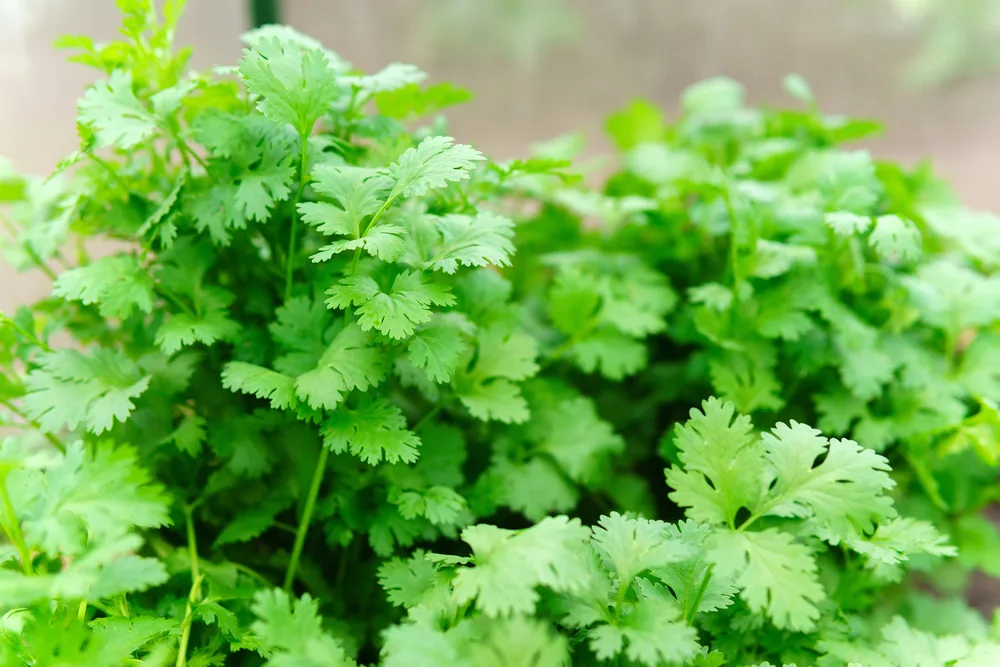
Cilantro is one of those herbs you either love or you hate. And I am in the ‘love it’ category.
Cilantro, also known as coriander, is most often used in Mexican dishes like tacos and burritos. However, this spicy little plant is much more versatile than just Taco Tuesday. Add it to soup, rice, or couscous. Blend cilantro into homemade hummus. Toss it in macaroni salad for your next picnic.
Plant cilantro from seed, much like you do dill. Sow it directly in the soil and plant it several times, 2-3 weeks apart, throughout the growing season. Cilantro does best in full sun and moist soil. The herb will bolt when it gets too hot out.
9. Sage
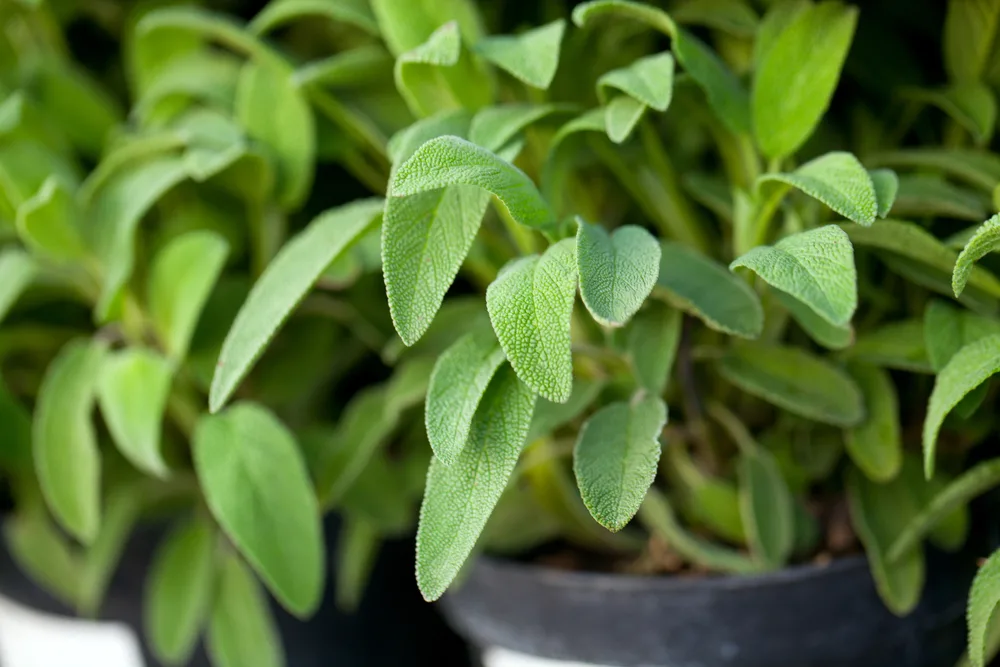
When I hear sage, I immediately think of Thanksgiving and stuffing. But this delicious herb, with its citrusy-pine flavors, is a culinary wonder year-round.
Use sage on lamb or pork, in eggs, or to make herbed butter. It’s terrific with pasta or risotto. Sage is another herb that makes a soothing hot tea. Sage is pungent and has a robust flavor, so a little goes a long way.
Sage prefers good sandy soil with lots of bright sunlight. If you’re going to grow sage indoors, it must be near a window that gets 8-12 hours of direct sunlight a day.
Because sage is basically a shrub, it’s best to start sage from a cutting. Choose a healthy stem about 6” long. Trim off the leaves from the bottom three inches. You can plant the cutting directly in potting soil, or you can place the cutting in water and replant it once roots develop.
10. Oregano
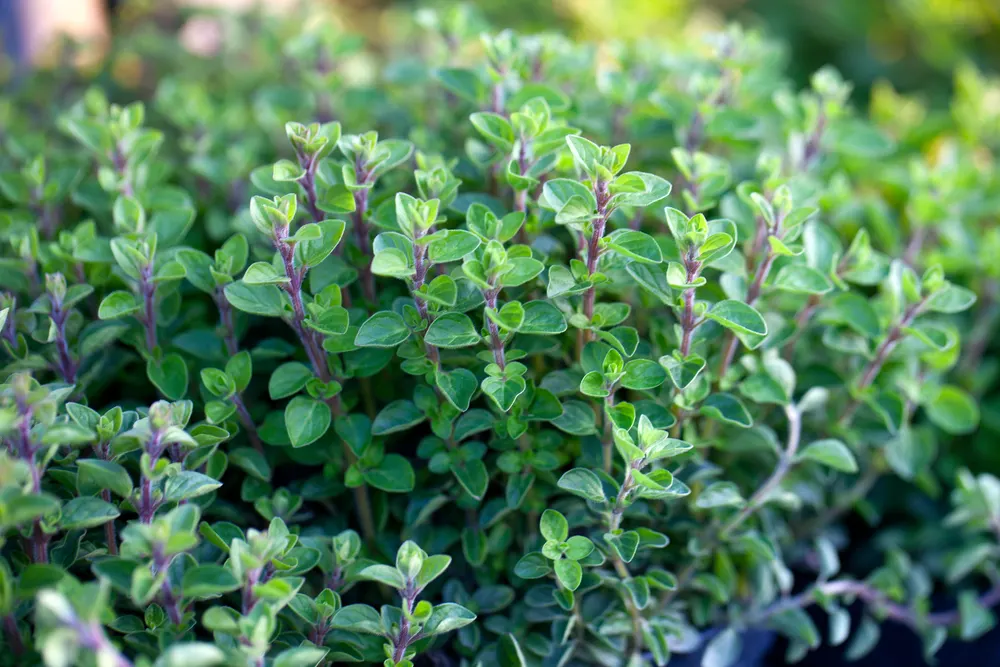
Oregano is another herb that is popular in Italian dishes. The spicy flavor of oregano pairs best with tomato-based recipes. If you love oregano on your pizza, just wait until you sprinkle a bit of fresh oregano on your next pizza pie.
Unlike most herbs, which are more intense as they dry, oregano is more intense when fresh. A little fresh oregano goes a long way.
Related Reading: 8 Brilliant Uses For Oregano
There are usually two types of oregano – Mediterranean or Mexican oregano. Most people are more familiar with the Mediterranean variety.
Oregano does well in pots or outdoors. Plant oregano seeds indoors about 8-10 weeks before the last frost. Oregano is another herb that will get leggy and overrun if you don’t pinch it back regularly. Once the plant gets to about 4” tall, pinch it back to encourage a full, bushy plant. Oregano prefers full sun and well-drained soil. Like thyme, it won’t do well in heavy, soggy soil.
Grow a couple of these herbs or grow them all. Having a culinary herb garden will improve the flavor of all your dishes and, at a fraction of the cost of fresh herbs from the grocers.

Get the famous Rural Sprout newsletter delivered to your inbox.
Including Sunday ramblings from our editor, Tracey, as well as “What’s Up Wednesday” our roundup of what’s in season and new article updates and alerts.

